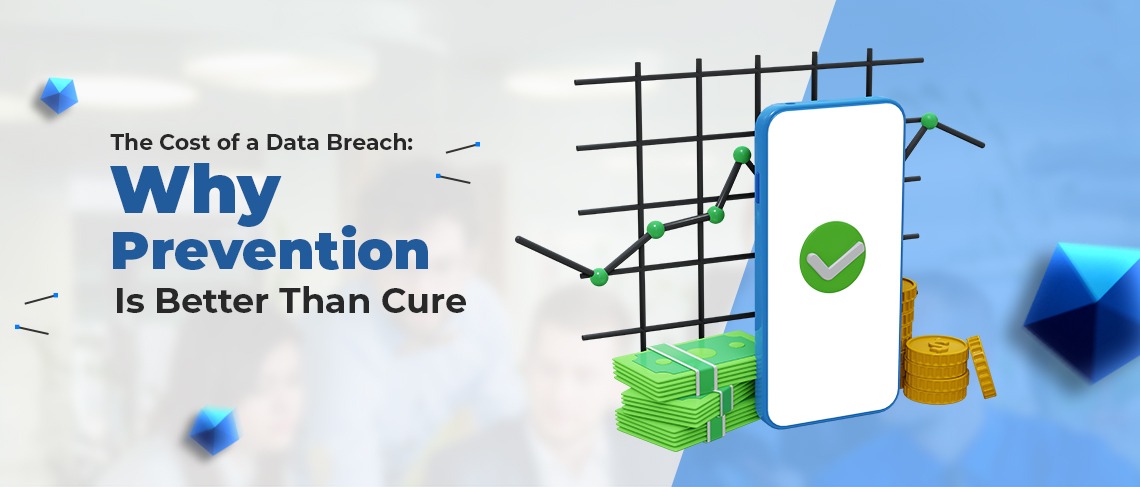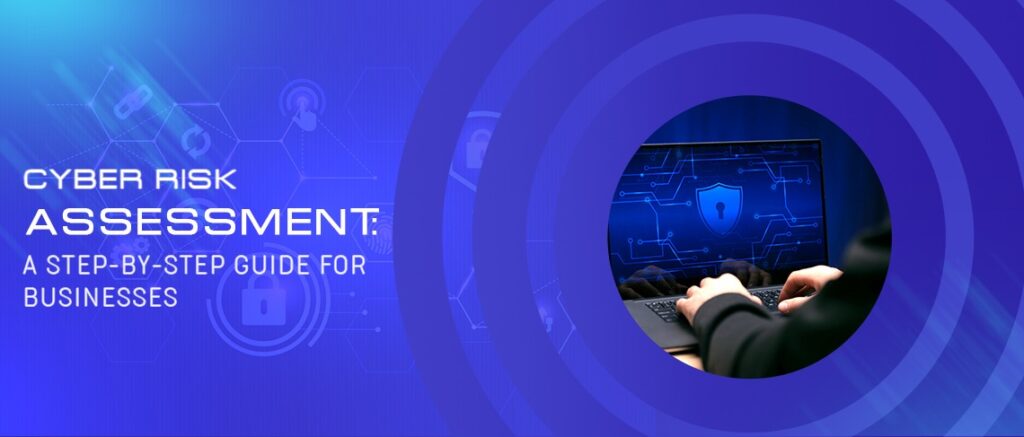A data breach can strike like lightning out of the blue, exposing sensitive information, causing financial losses, and denting trust in your brand. With the proliferation of digital data, businesses are at greater risk than ever before. However, while companies often rush to mitigate the impact after a breach, prevention remains the most cost-effective and reliable approach.
This post will guide you through the tangible and hidden costs of a data breach and explore why prevention is crucial. You’ll also learn practical strategies to safeguard your business and discover cautionary tales of organizations that have failed to prioritize cyber security. Whether you’re a small business owner or an enterprise leader, understanding these key points can save you from devastating losses.
Understanding the Immediate Costs
Data breaches bring a slew of direct, visible financial costs. These add up quickly, leaving businesses scrambling to contain the fallout.
Legal and Compliance Fees
When sensitive data is compromised, companies often find themselves entangled in legal disputes. Regulatory fines for non-compliance with data protection laws, such as GDPR or CCPA, can be crippling. For instance, under GDPR, fines can reach up to €20 million or 4% of annual global turnover, whichever is higher. Add to this the costs of hiring attorneys and navigating the legal landscape, and the expense multiplies significantly.
Client and Customer Compensation
If customer data is stolen, businesses are responsible for compensating those affected. Compensation packages may include free credit monitoring services, financial remediation, or even direct payouts. These costs can run into millions, particularly for larger companies with vast customer bases.
Incident Response and Forensics
After discovering a breach, businesses often employ an incident response team to investigate, patch vulnerabilities, and recover systems. Services like digital forensics can come with high hourly rates, and these teams operate for weeks, sometimes months.
A 2023 IBM study revealed that the global average cost of a data breach was $4.45 million, much of which stems from these direct expenses.
Unveiling Hidden Costs
While the immediate costs of a data breach are daunting, the hidden expenses are equally damaging and often overlooked.
Reputational Damage
A company’s reputation may take years to build but can collapse in days after a data breach. Headlines about lost customer data or financial information create a wave of customer mistrust. Even businesses with strong recovery strategies struggle to regain public confidence.
For instance, Target’s infamous 2013 breach exposed the data of over 40 million customers. The damage to its reputation led to a significant dip in sales and contributed to a CEO resignation.
Loss of Customer Trust
A breach erodes the trust that customers place in a business to protect their sensitive data. This loss of trust often leads to reduced customer retention and lower customer lifetime value (CLV). According to a KPMG survey, 29% of consumers would stop conducting business with an organization permanently after a breach.
Decreased Productivity
A breach disrupts daily operations, impacting productivity across departments. Employees may need to pause their regular work to address the fallout, leading to delays in projects, missed deadlines, and lost opportunities. The ripple effects of such interruptions may persist for months.
Prevention Strategies
Prevention is far more cost-efficient than mitigation when it comes to data breaches. Proactive measures can protect your business, reduce risks, and maintain customer trust.
Employee Training
Human error remains one of the most significant causes of data breaches. Regular employee training ensures that staff are aware of cybersecurity risks, understand phishing attempts, and know how to handle sensitive data responsibly.
Simple actions—like recognizing a suspicious email or avoiding public Wi-Fi for company devices—can have a major impact.
Regular Security Audits
Conducting regular audits allows businesses to identify vulnerabilities before cybercriminals exploit them. These audits evaluate your network security, system architecture, and compliance with current regulations.
Partnering with a third-party cybersecurity firm for audits adds an extra layer of expertise and objectivity.
Implementing Advanced Technology
The tech landscape is constantly evolving, and so are cyber threats. Investing in robust cybersecurity tools, such as firewalls, multi-factor authentication (MFA), endpoint security solutions, and intrusion detection systems (IDS), can act as a protective shield.
Additionally, consider encryption software to protect sensitive data and backup systems to ensure quick recovery during worst-case scenarios.
Maintain an Incident Response Plan
Even the best defenses aren’t foolproof. Having a plan ensures your team knows what to do if a breach occurs. This includes steps for isolating affected systems, notifying key stakeholders, and coordinating with forensics. The quicker you act, the less severe the damage.
Case Studies
Equifax (2017)
One of the most infamous data breaches occurred in 2017 when Equifax, a credit reporting agency, exposed the personal information of 147 million people. The incident cost the company over $1.4 billion in settlements, fines, and legal fees. Additionally, Equifax suffered severe reputational damage, impacting investor confidence and customer trust.
The breach was attributed to a failure to patch a known software vulnerability in time, underlining the importance of regular security updates and audits.
Marriott (2018)
The hotel giant Marriott faced a breach in 2018 that exposed 500 million guests’ data over four years. Hackers accessed not just contact information, but also passport numbers, travel itineraries, and more.
Marriott faced a $23.8 million GDPR fine and staggering legal fees. This breach highlights how long-term breaches can cause exponential damage, emphasizing the need for more vigilant monitoring and reporting.
Shopify (2020)
Shopify suffered a smaller-scale but still significant data breach in 2020 caused by two insider employees. Sensitive customer data from over 200 merchants was leaked. While Shopify had preventative measures in place, the breach demonstrated that insider threats require dedicated attention.
This case reinforces the importance of thorough employee background checks and access restrictions to sensitive systems.
Safeguard Your Future with Proactive Steps
A single data breach can set your organization back years—not just financially, but also in trust, reputation, and productivity. However, the good news is that many breaches are preventable with the right measures in place. By prioritizing employee training, regularly auditing security, and leveraging advanced technological solutions, businesses can avoid devastating consequences and stay ahead of cybercriminals.
Remember, prevention isn’t just cost-effective; it’s essential. A proactive approach to data security not only protects your bottom line but also fosters a culture of trust and resilience.
Ready to take your security to the next level? Start by assessing your current vulnerabilities and implementing a comprehensive data protection strategy. The sooner you act, the safer your business will be.



